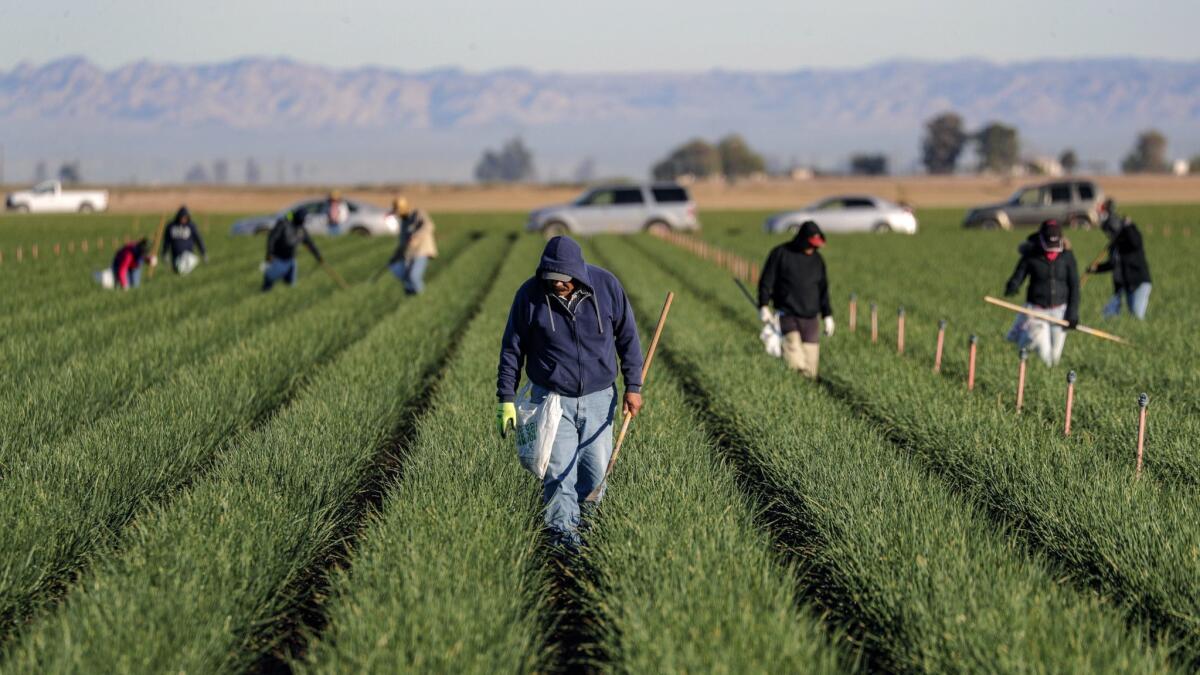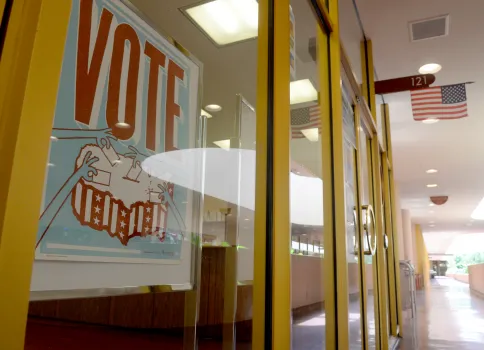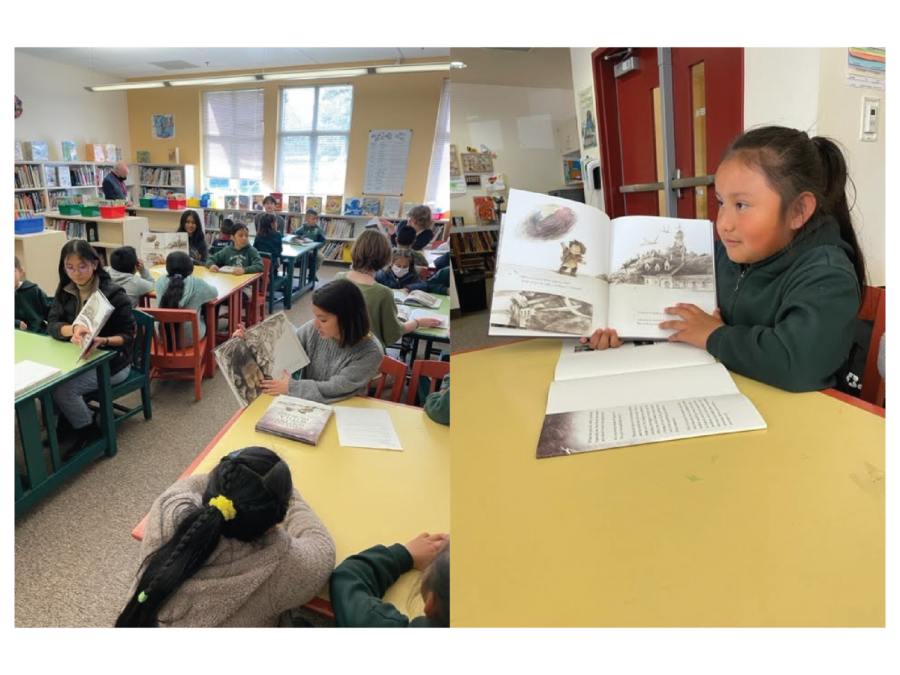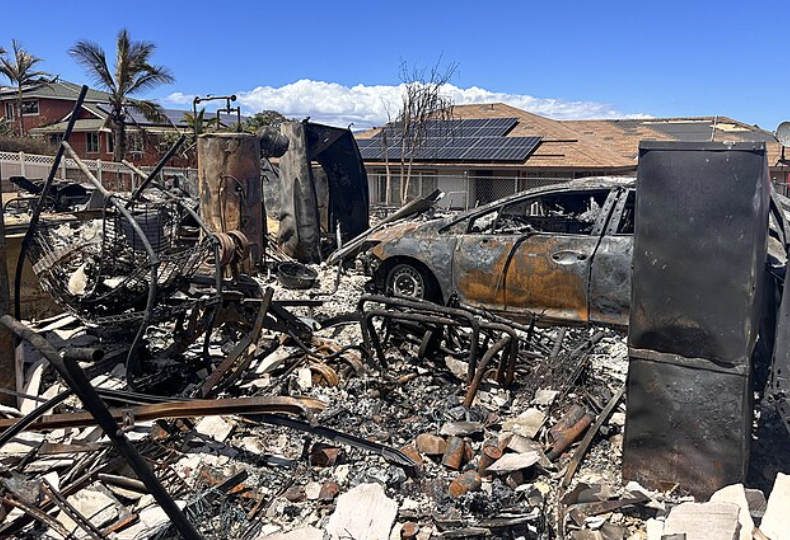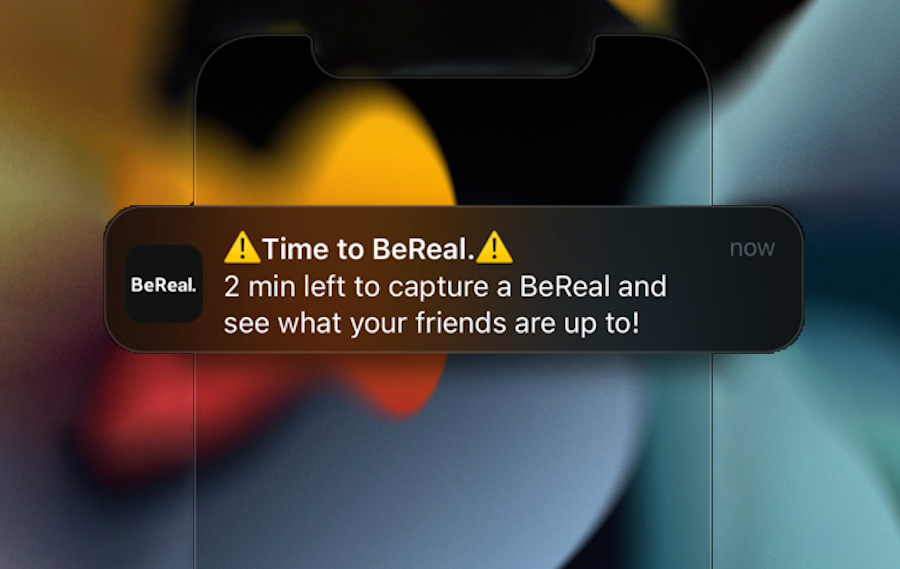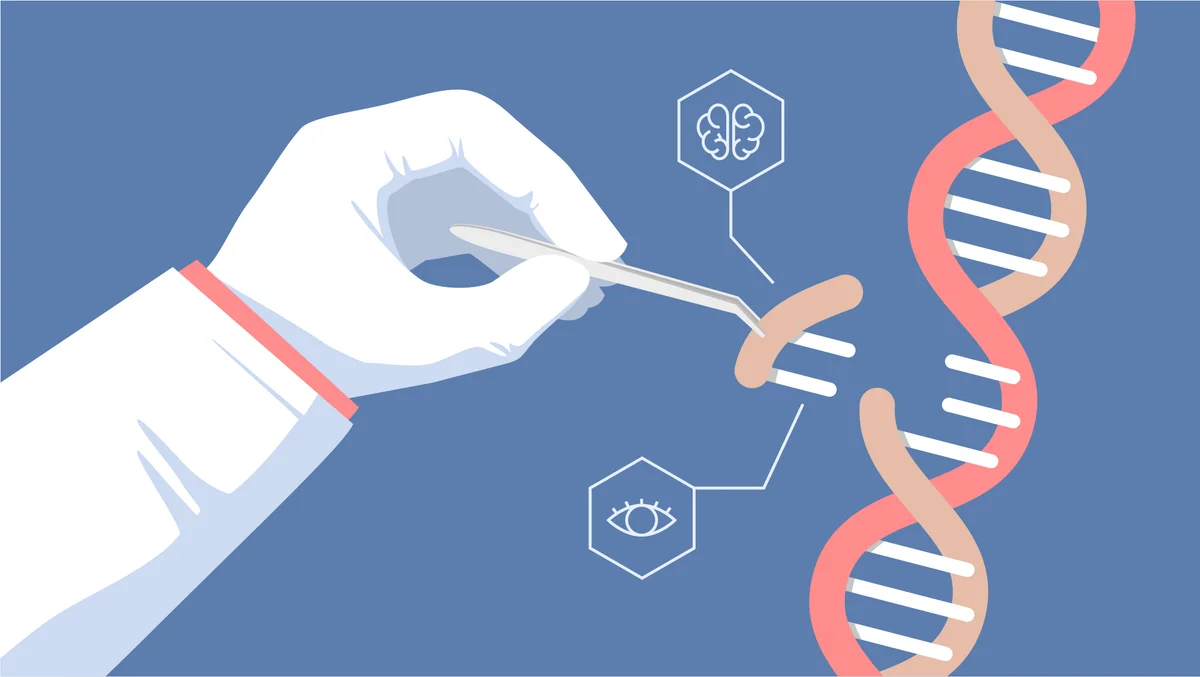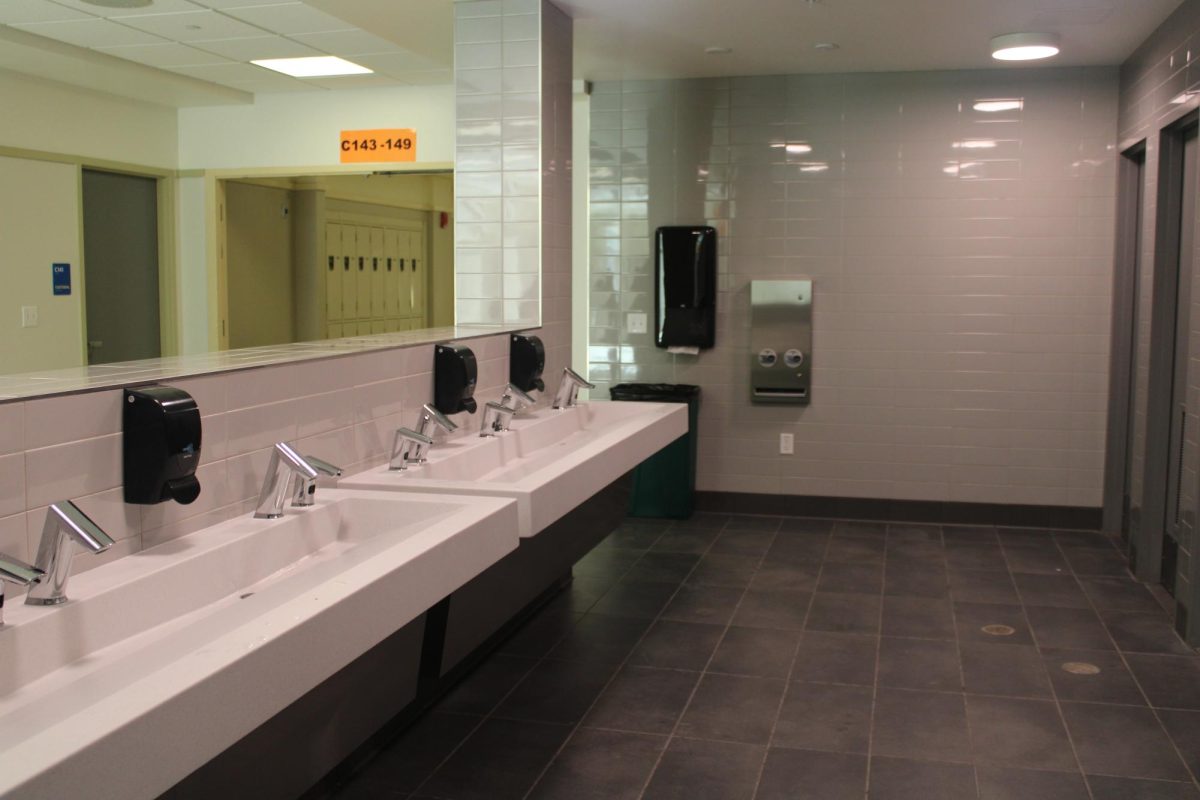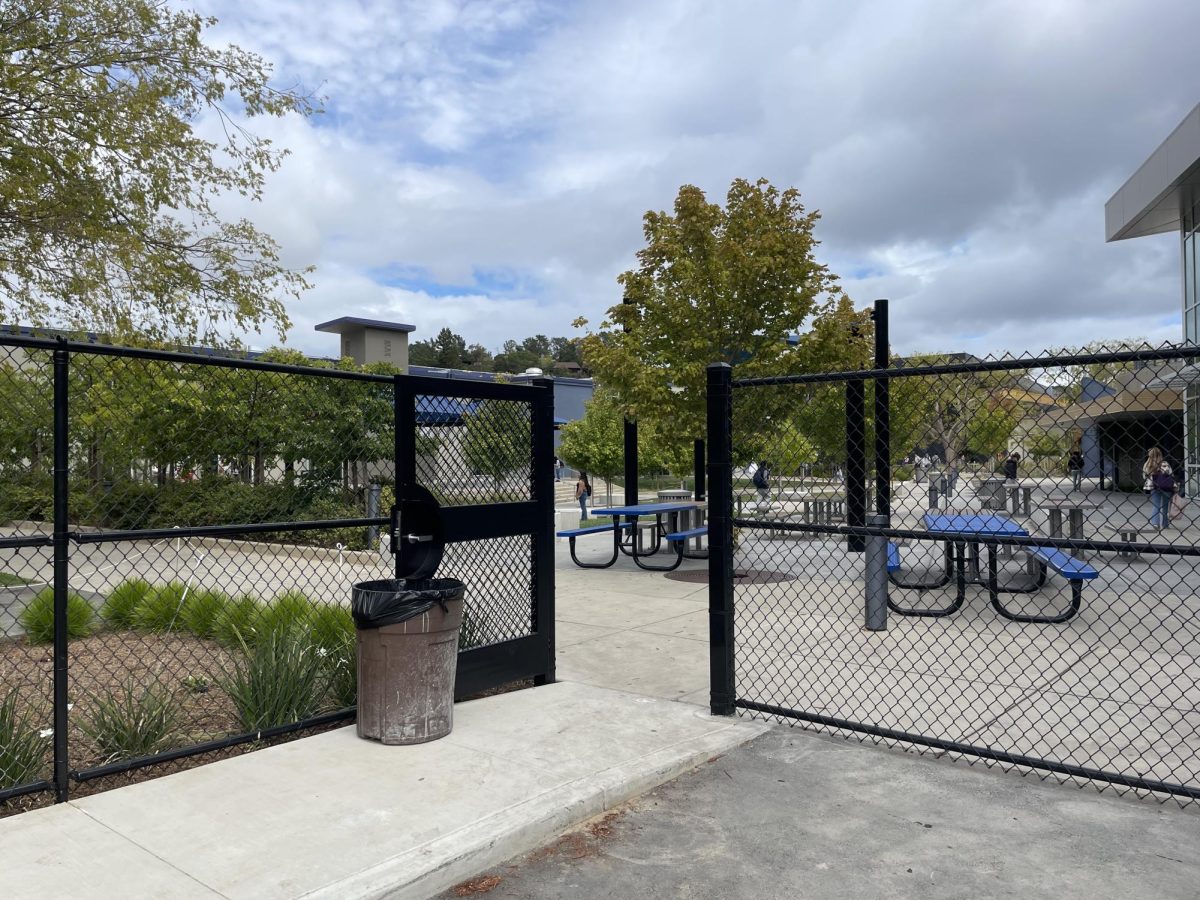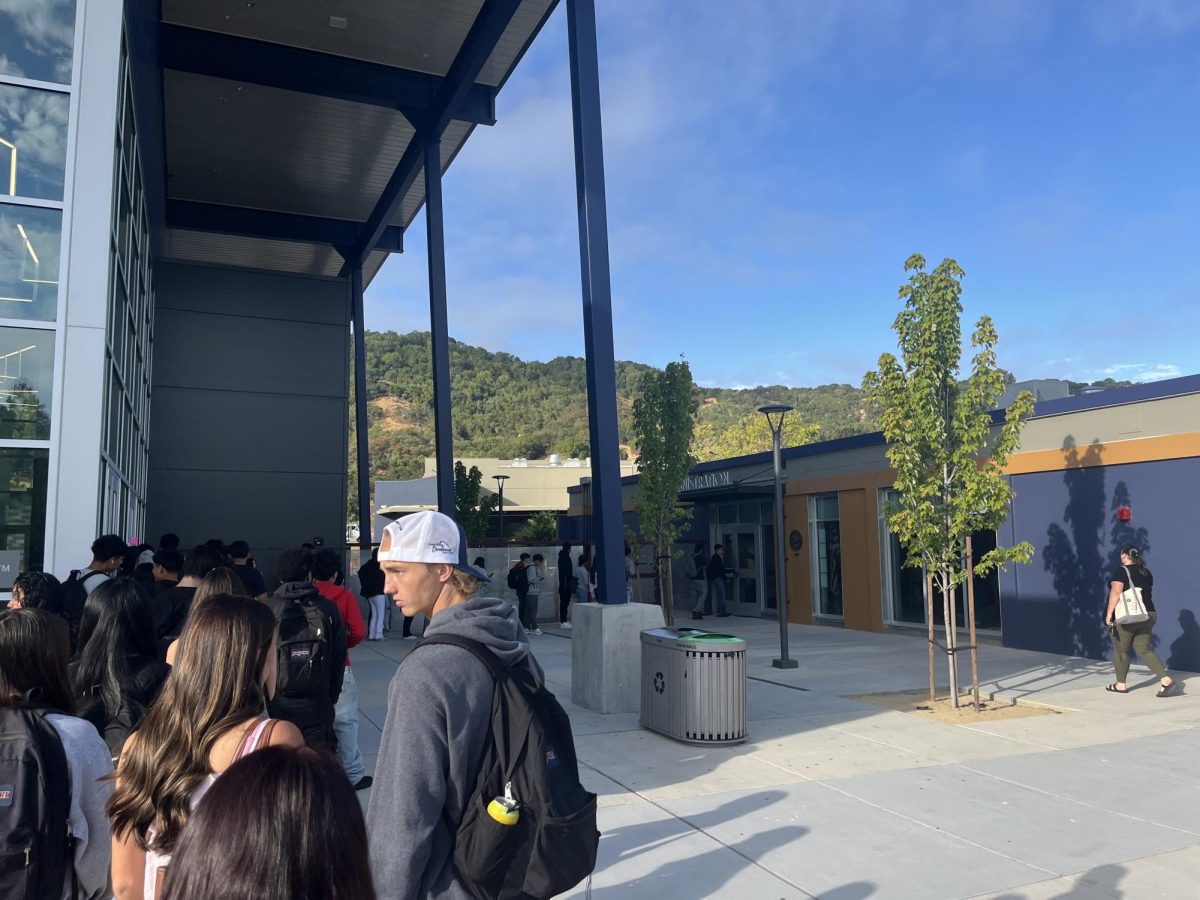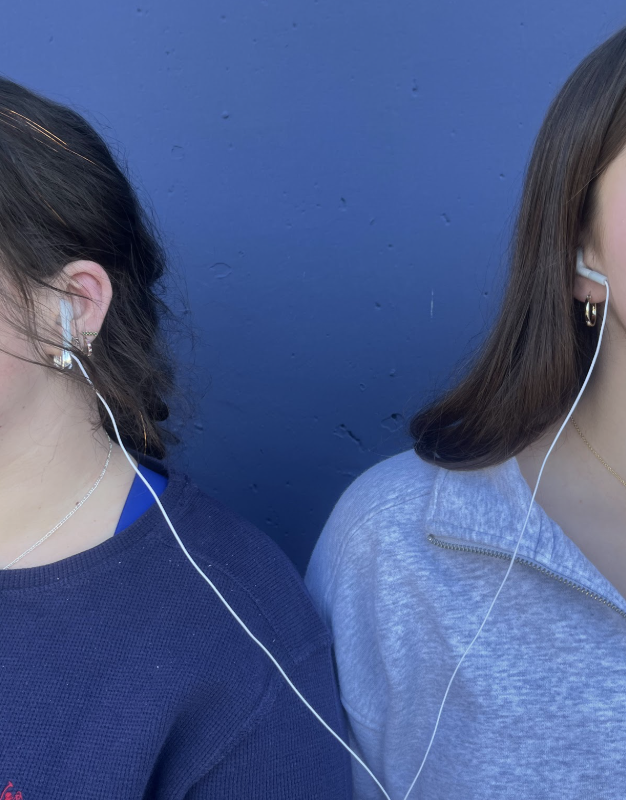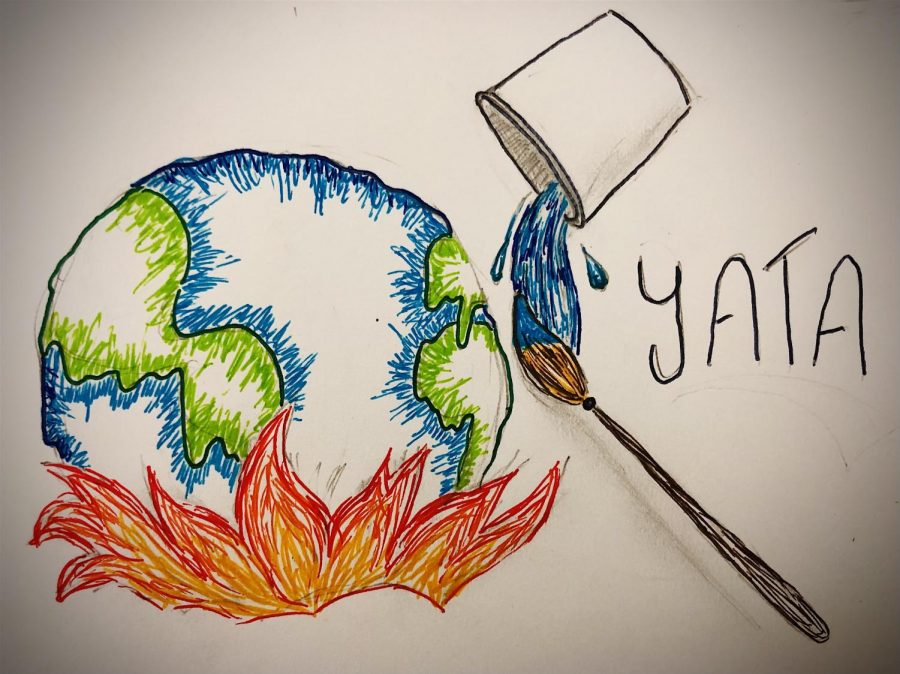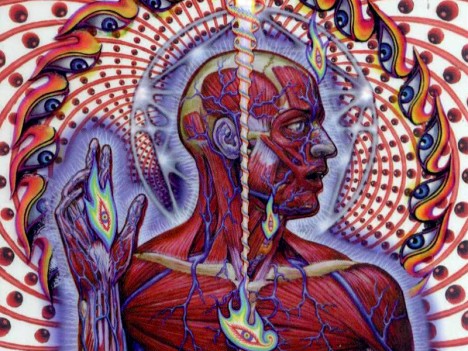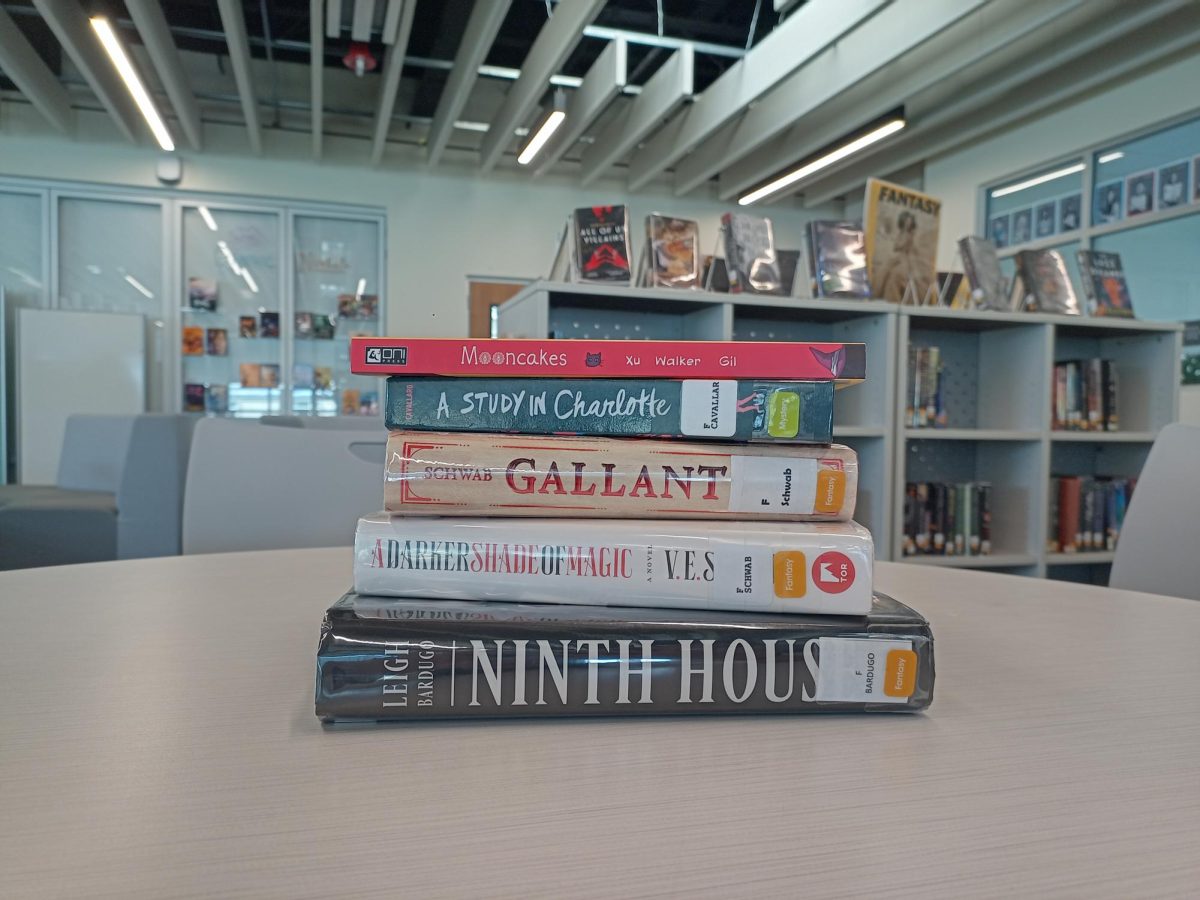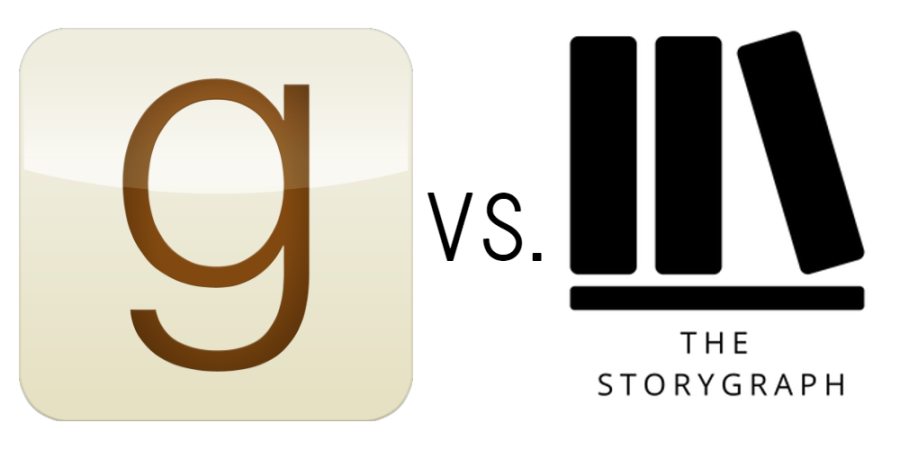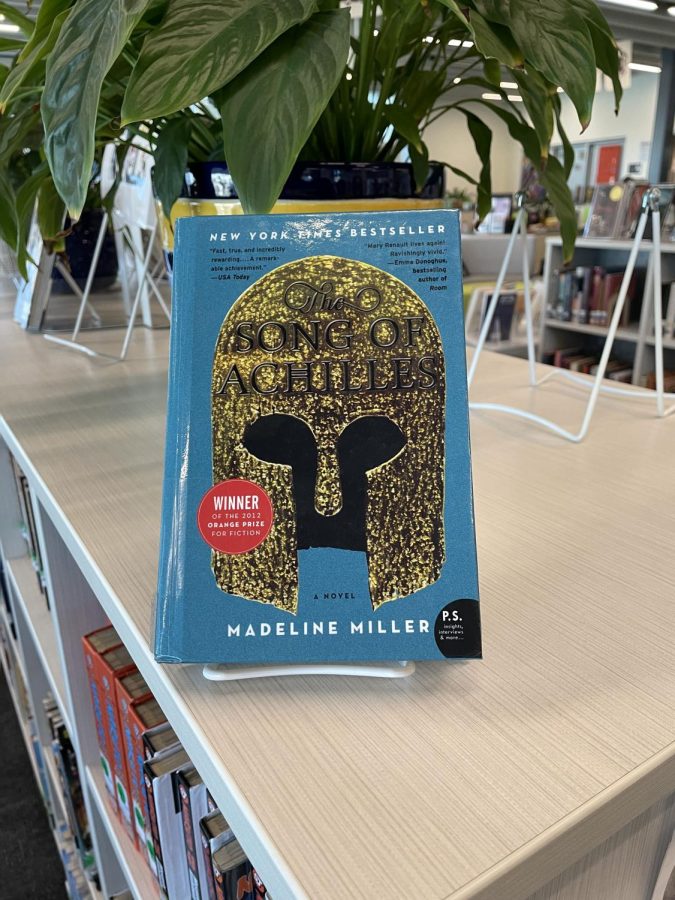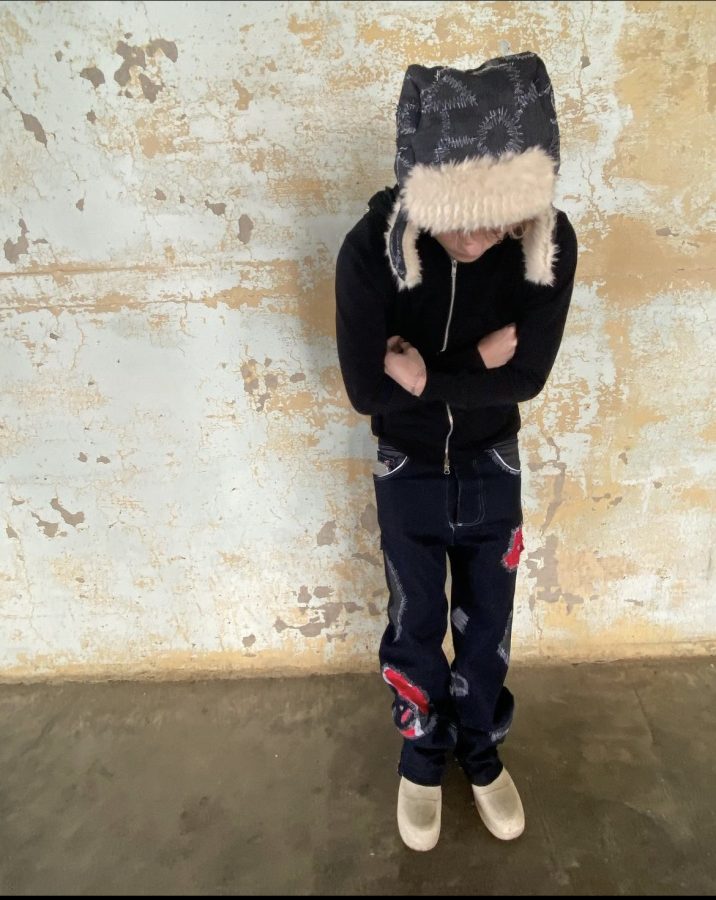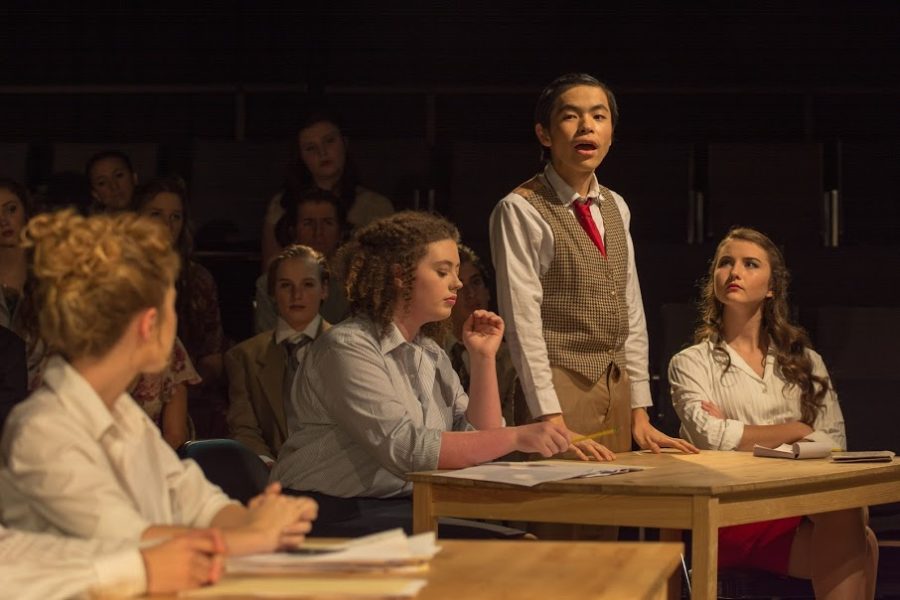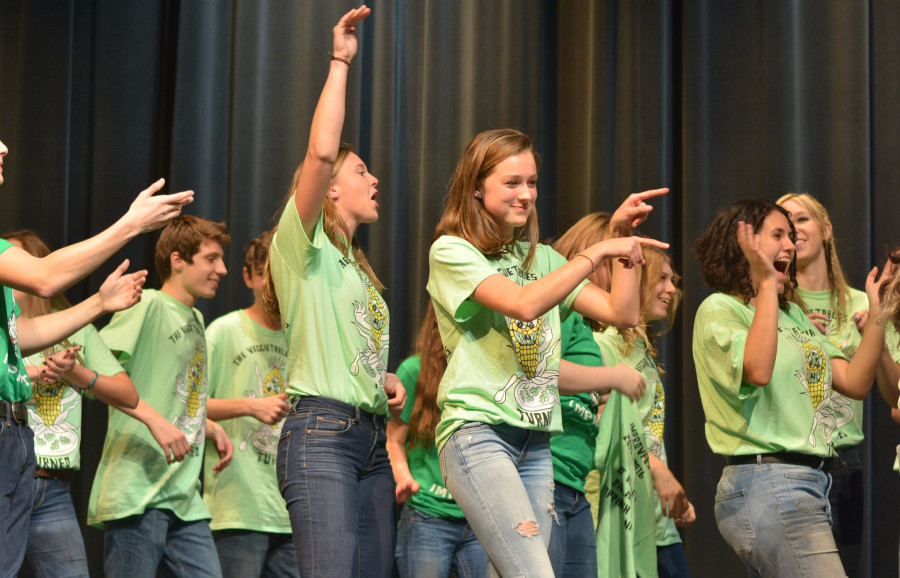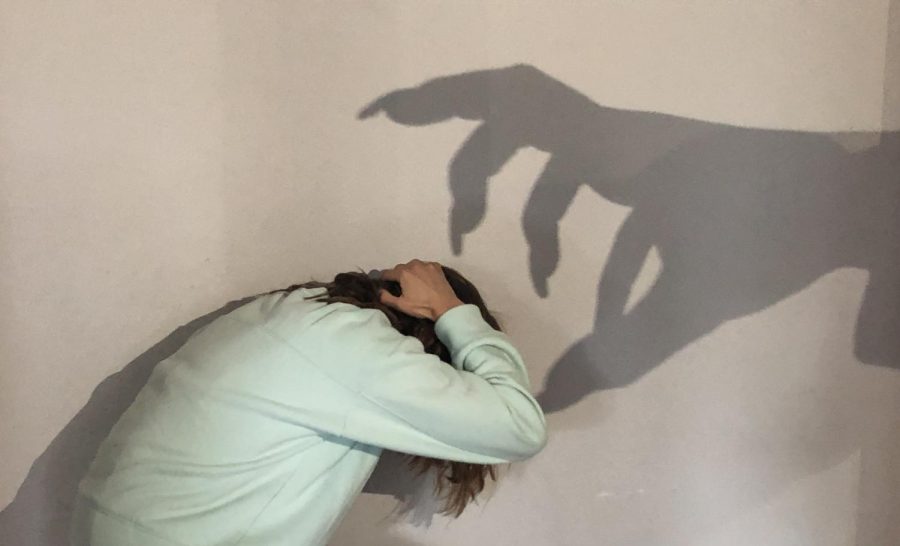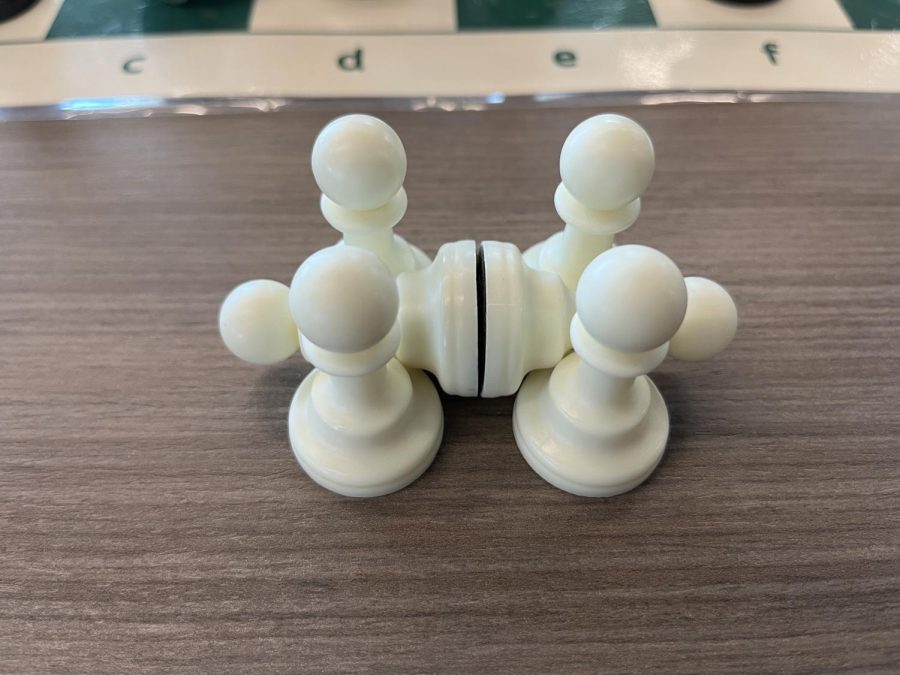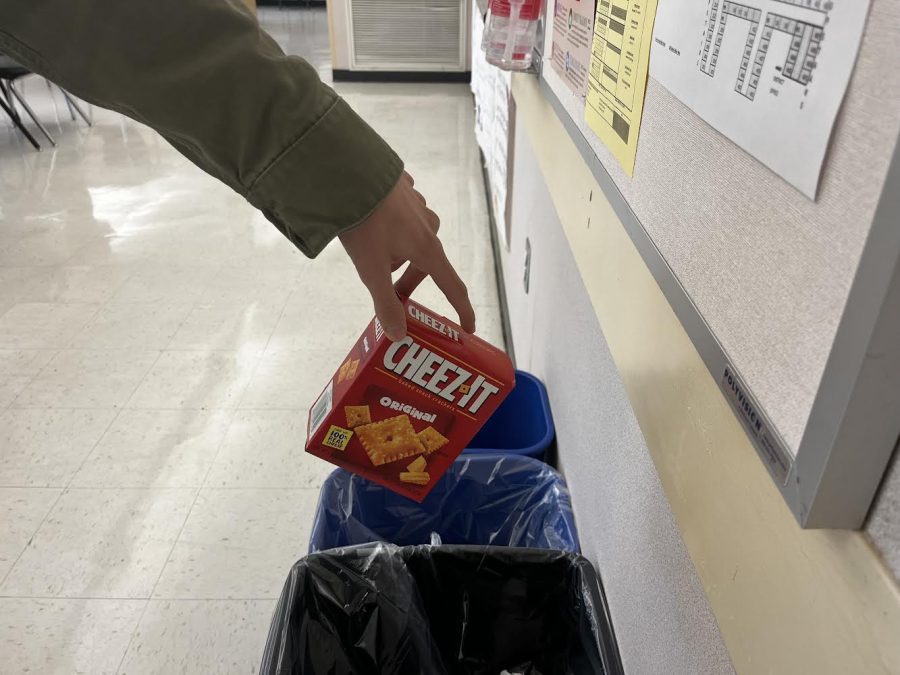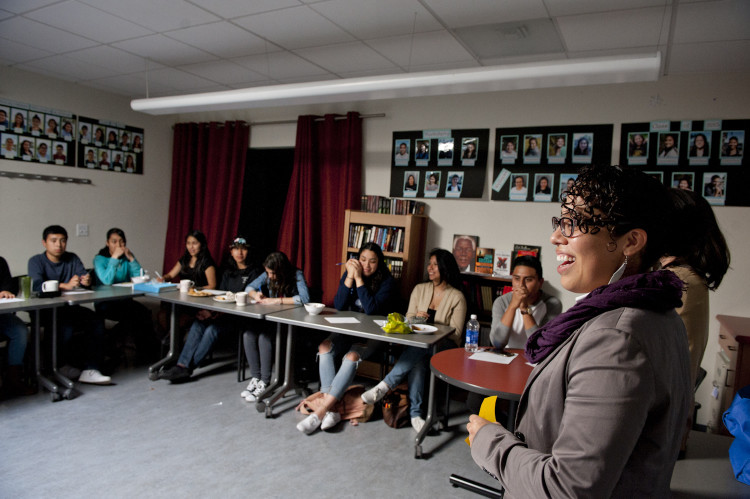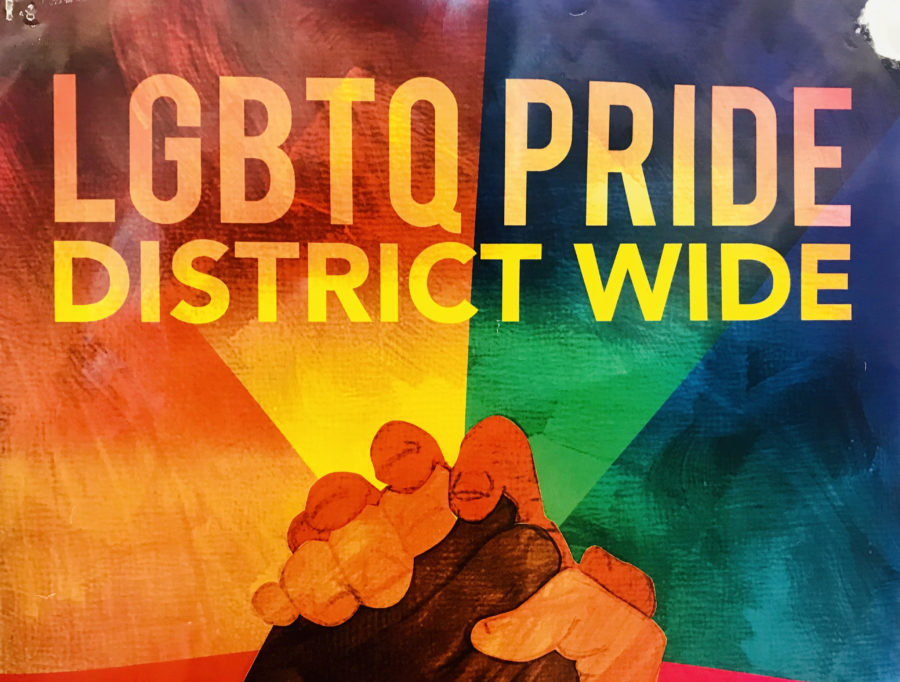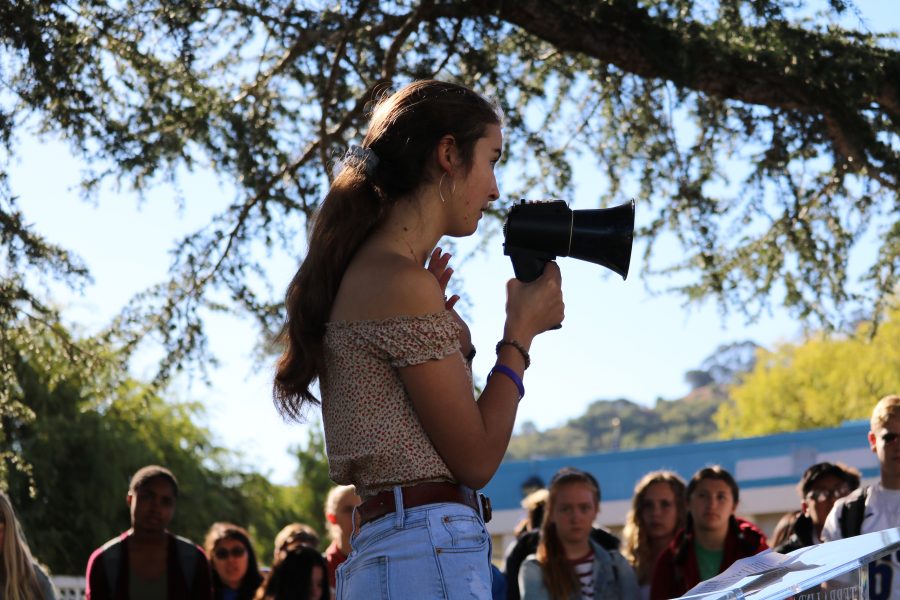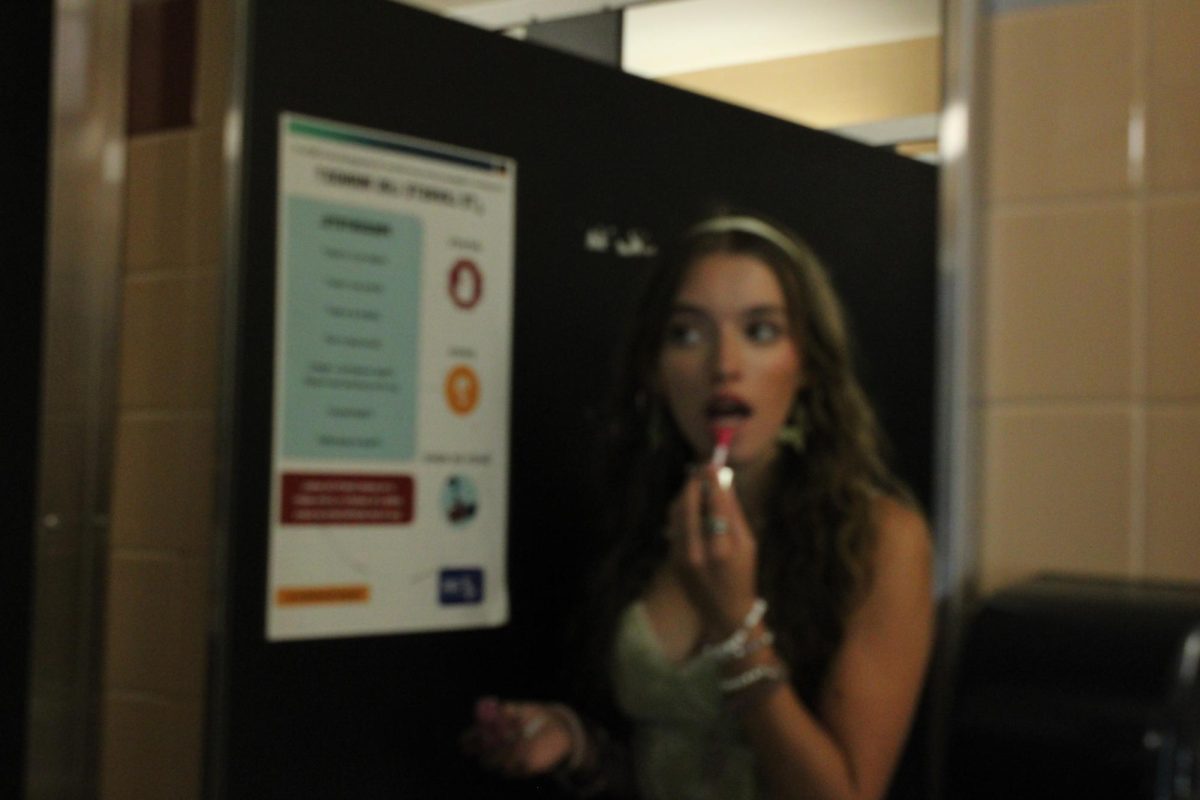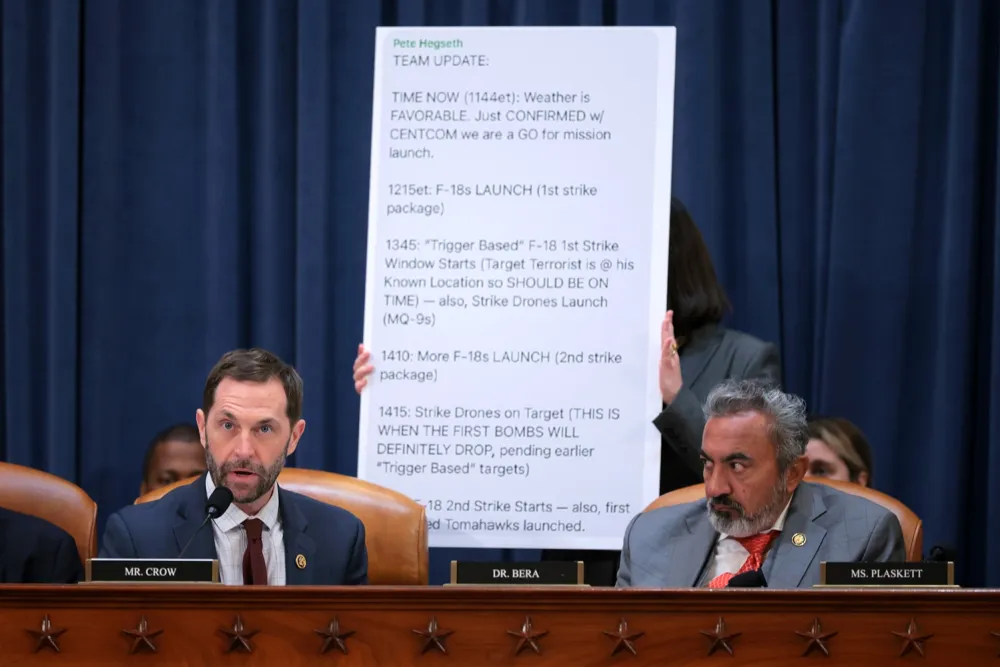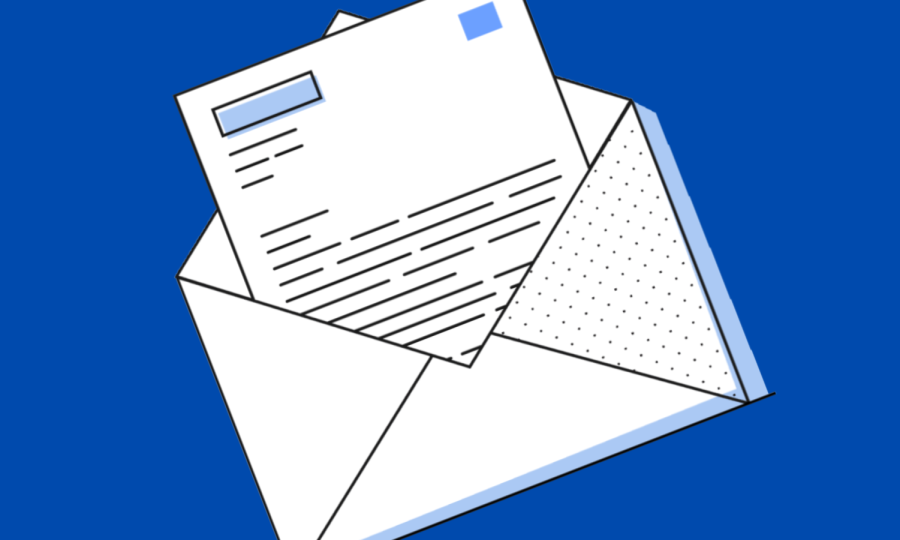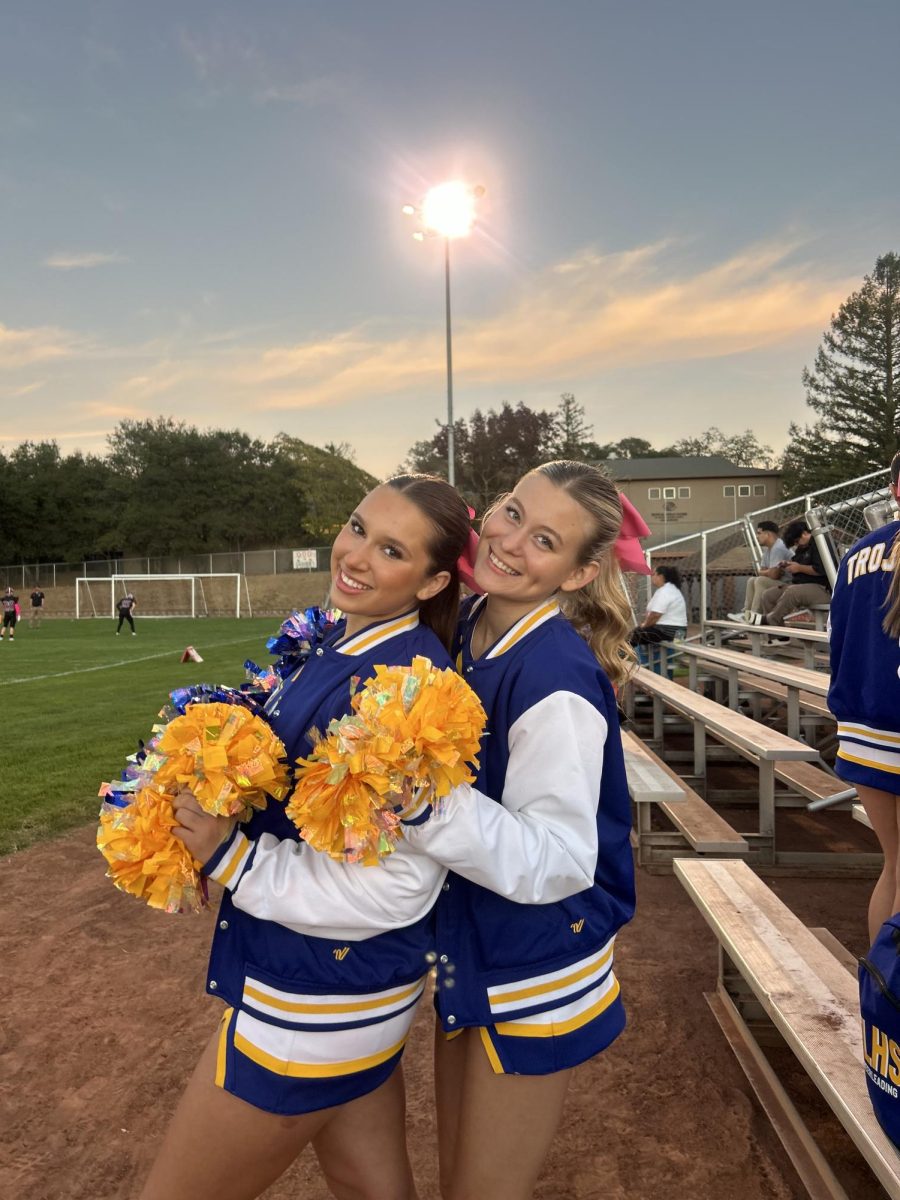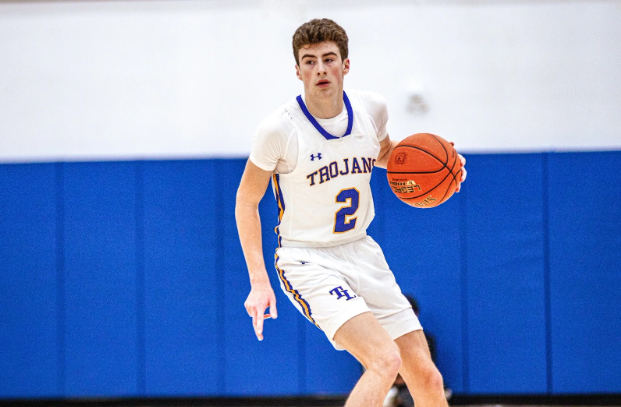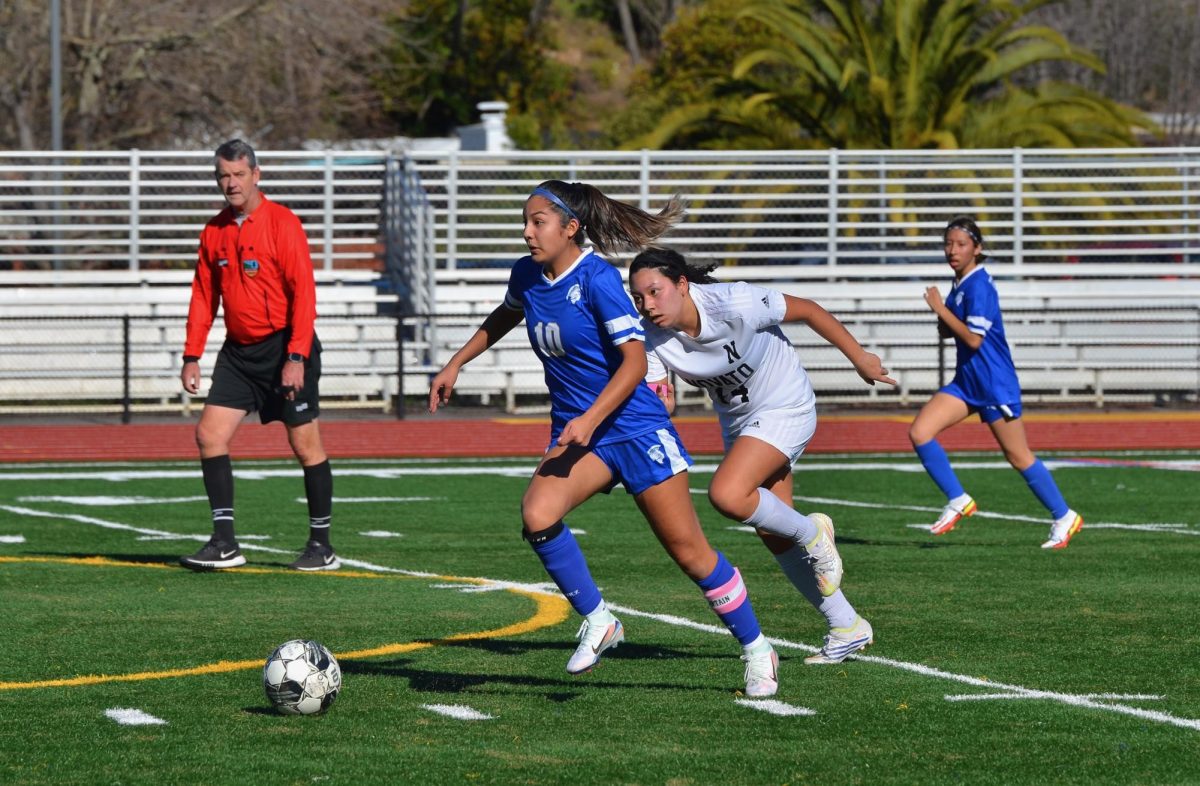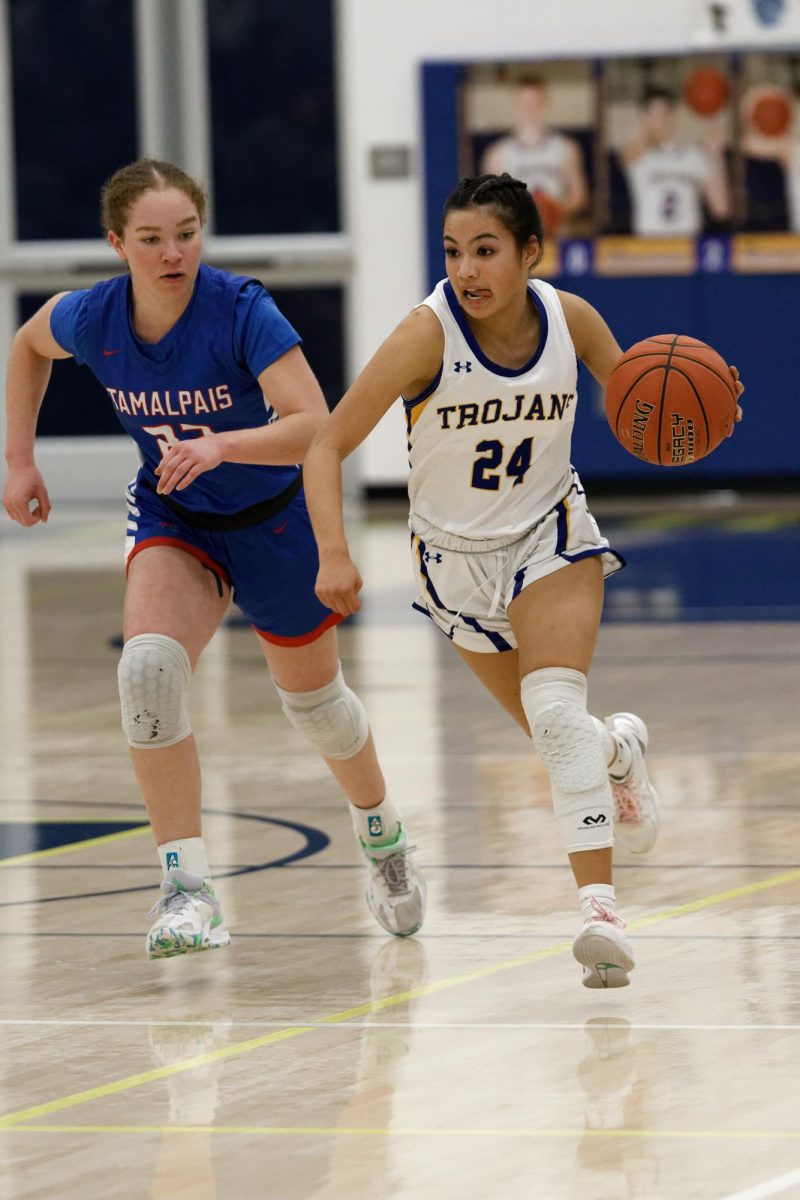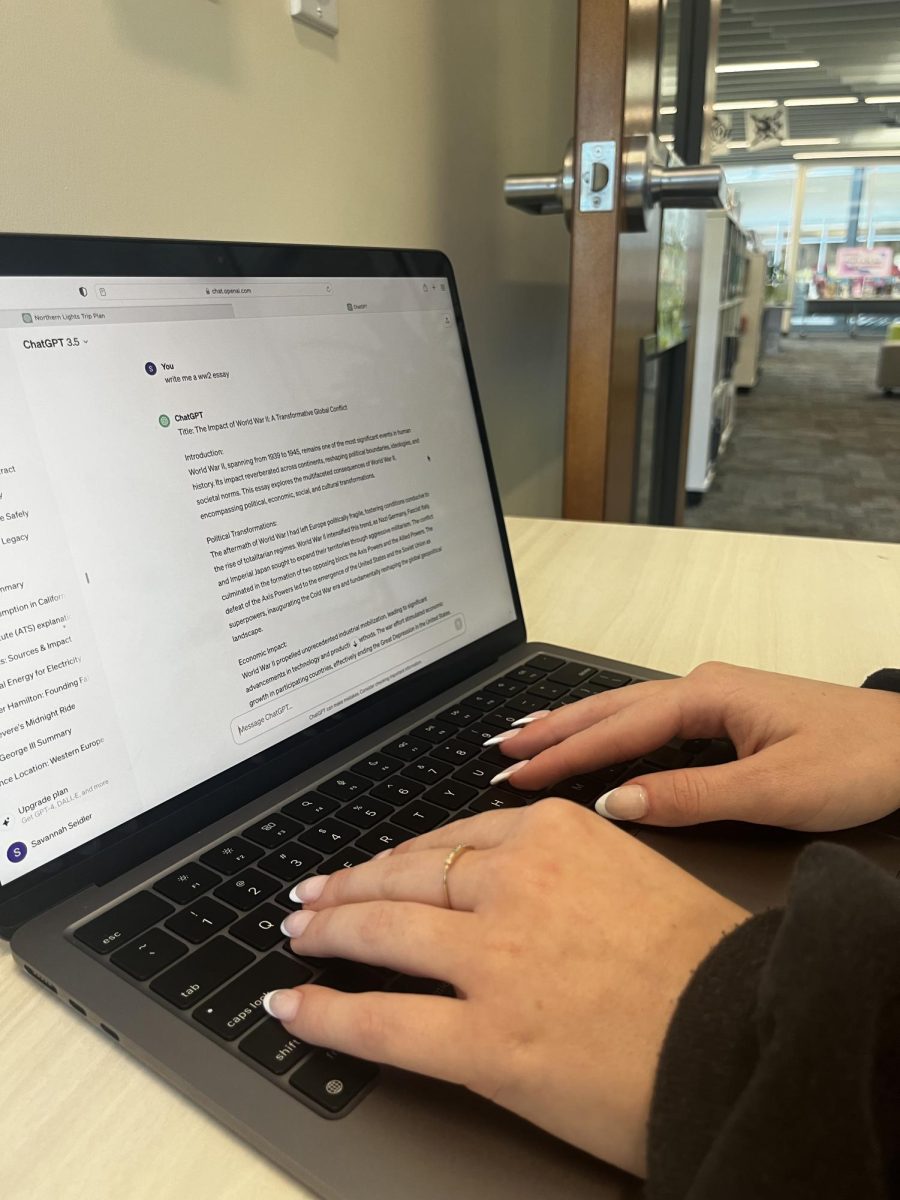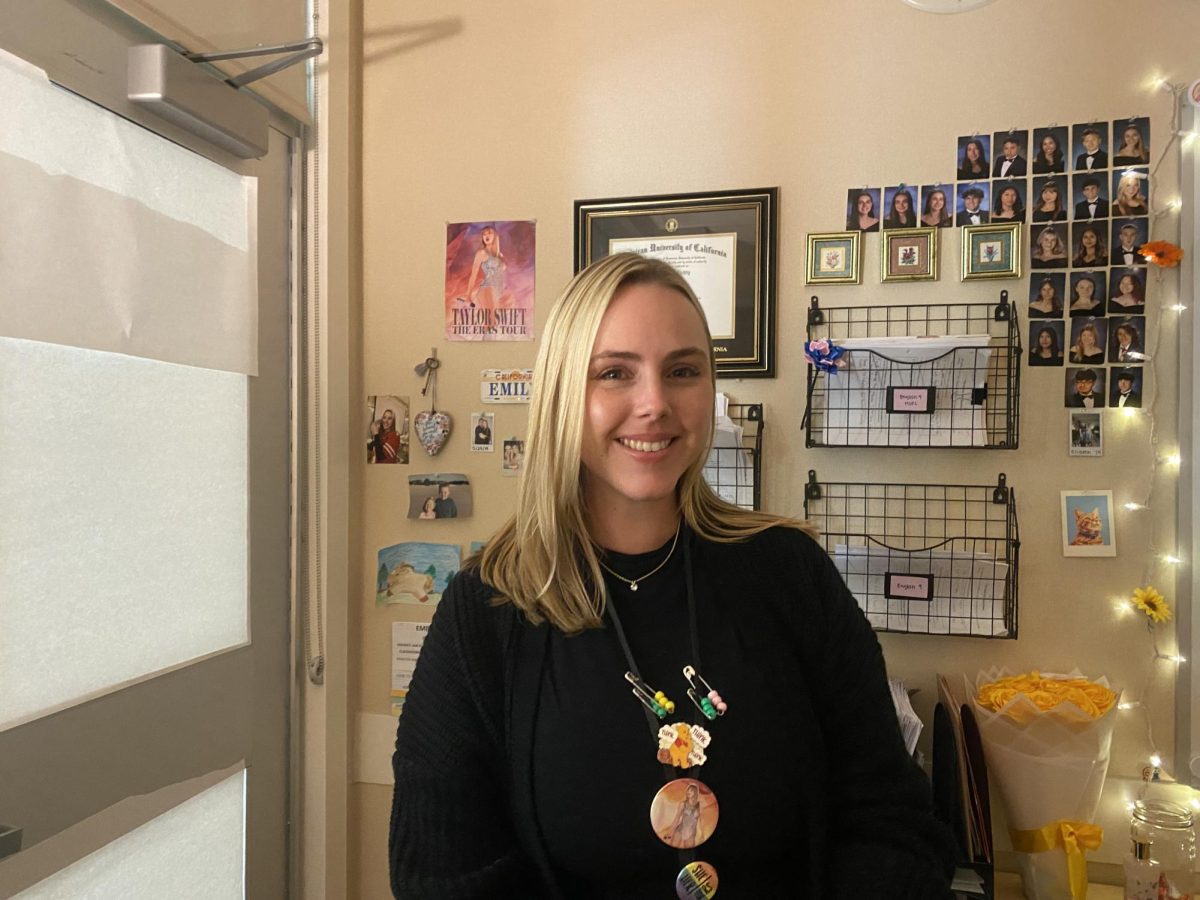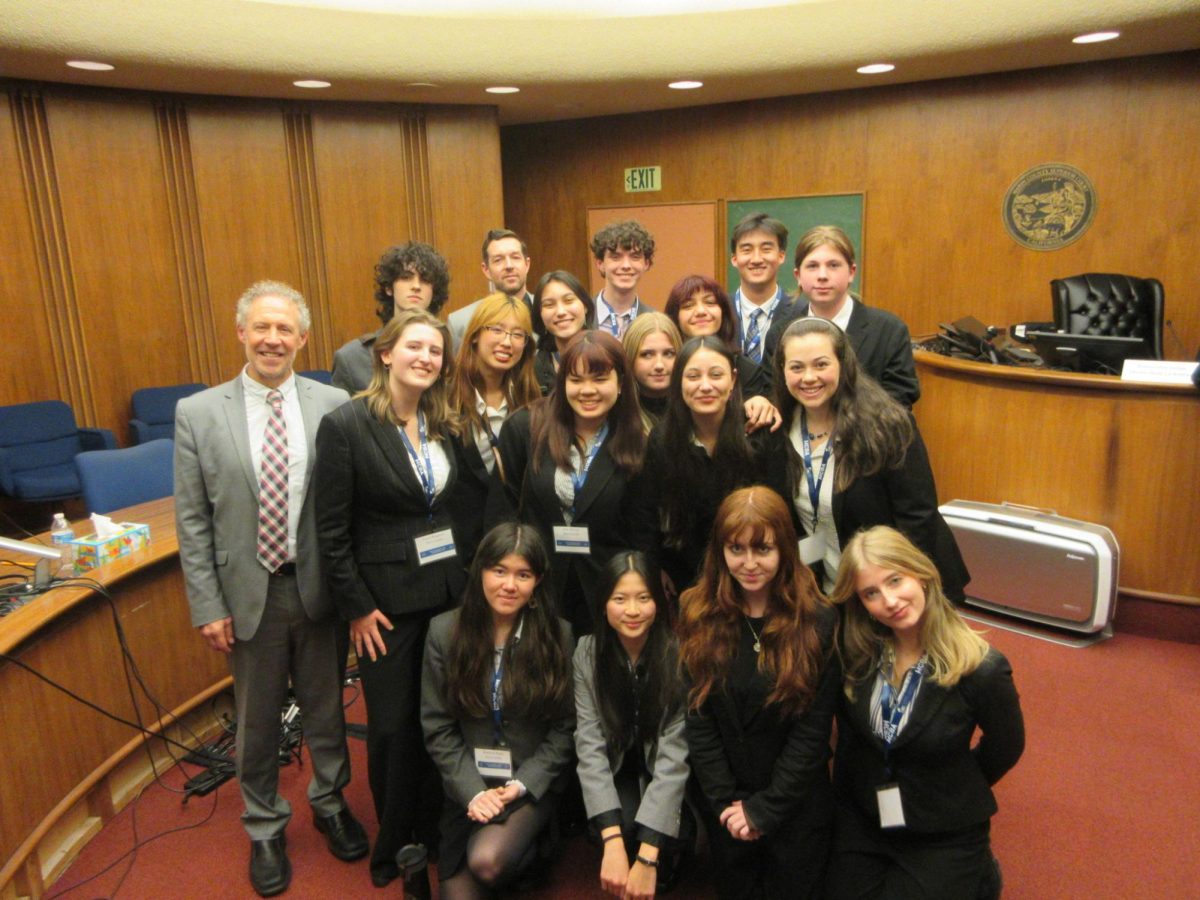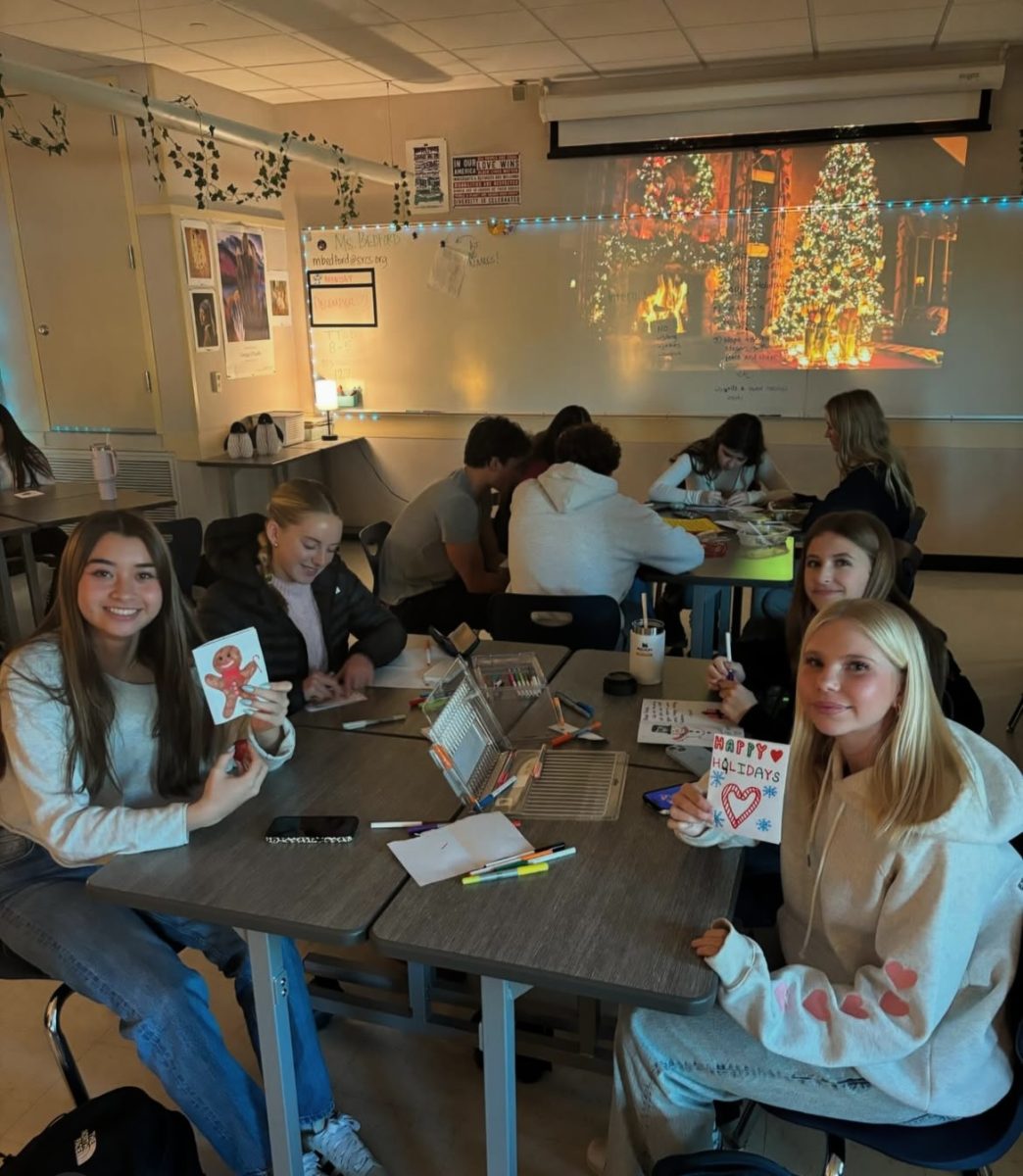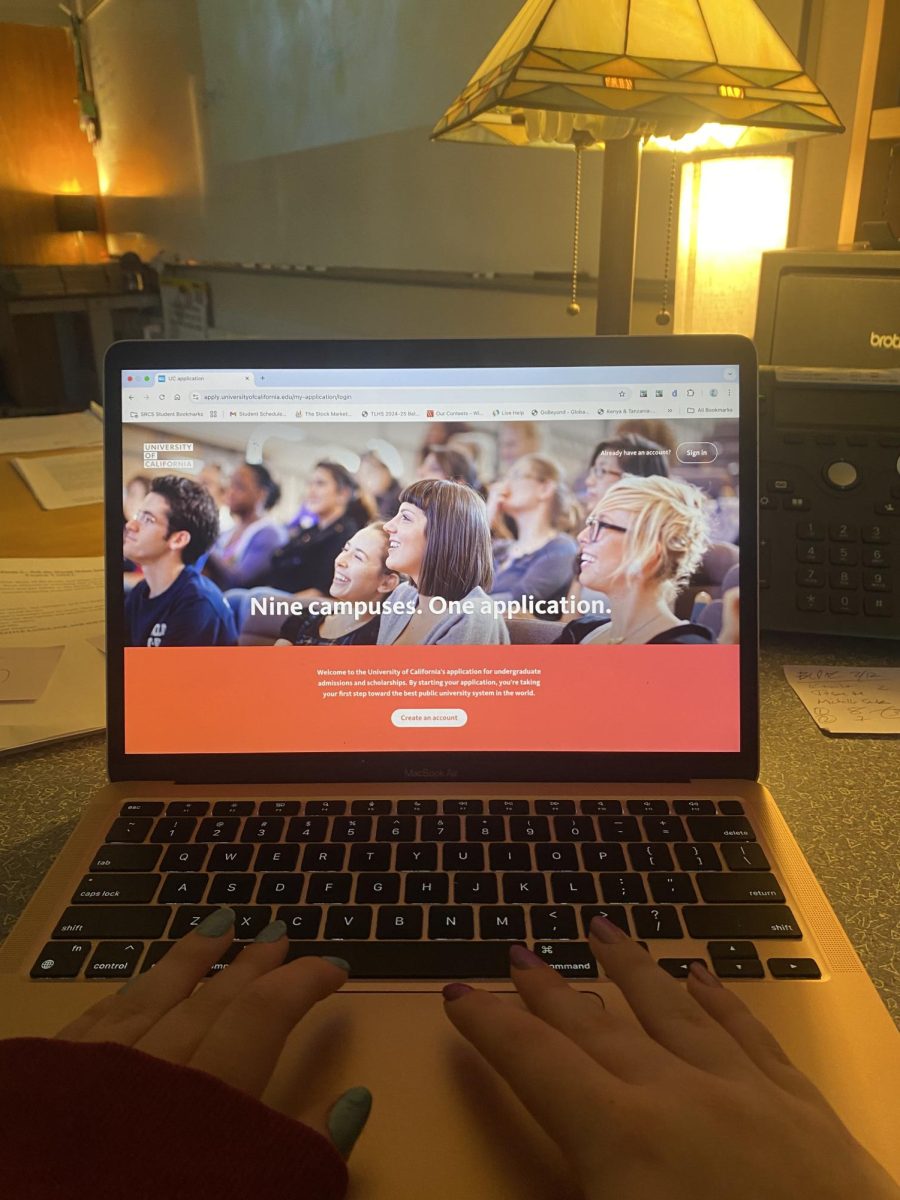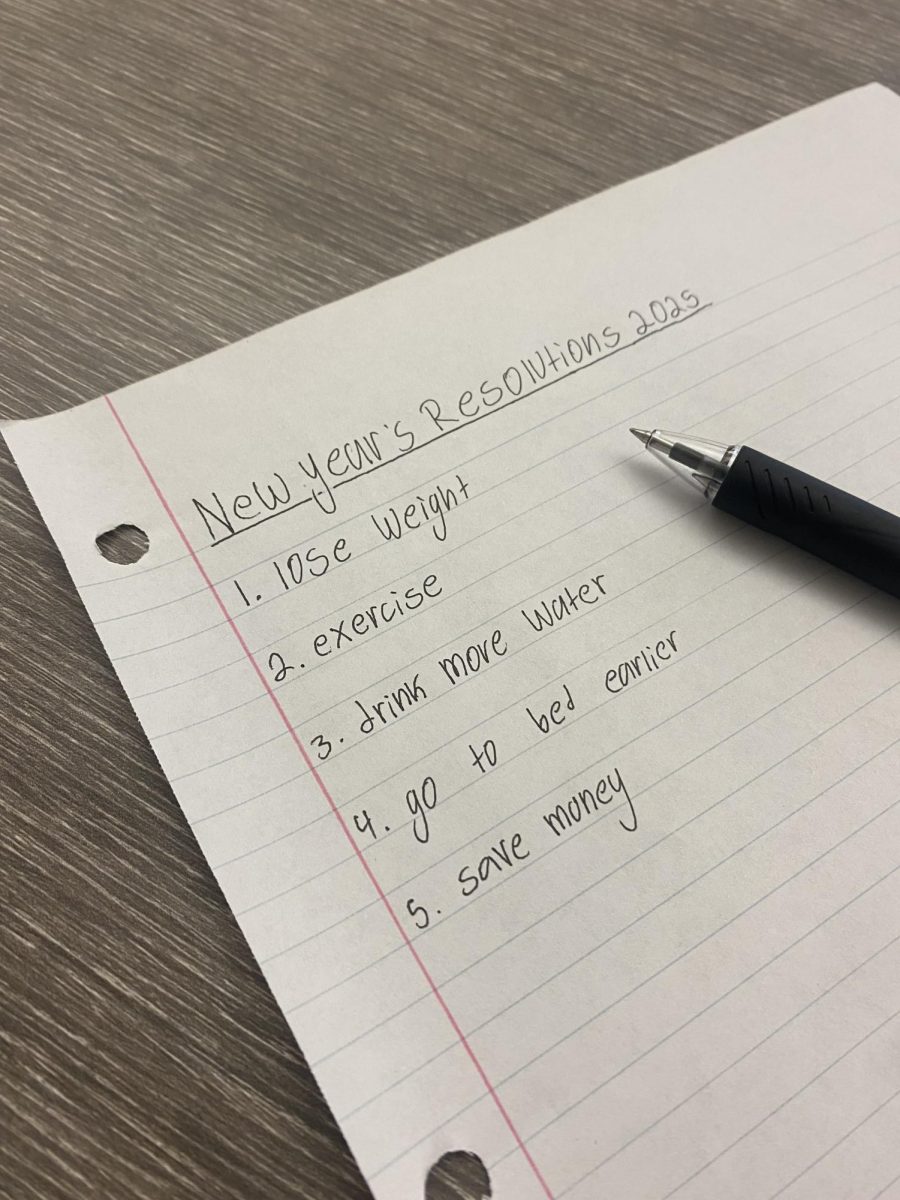The integration of artificial intelligence (AI) tools in high school English classes offers students unprecedented access to information and assistance. While these technologies can enhance learning, there is a need for careful implementation to avoid over reliance and potential determinants of critical thinking skills. Striking a balance between AI support and traditional learning methods is essential to fostering a comprehensive and effective educational experience for high school students.
In fact, the entire introduction above was all written by ChatGPT, which is a chatbot created by OpenAI. ChatGPT, which stands for Chat Generative Pre-Trained Transformer, has quickly become popular around the world, and is still growing. According to ChatGPT, it aims to “engage in conversations, answer questions, and assist with various tasks.” The capabilities of AI are astronomical. It is capable of analyzing any text or even any image in seconds, with the ability to answer or interpret any questions about it. According to Google Cloud, AI has capabilities like speech recognition, image recognition, translation, data analytics, and cybersecurity. However, ChatGPT has not been directly used for that purpose, but instead has been used for homework assignments and any schoolwork instead.
According to a Forbes survey, “48% of students admitted to using ChatGPT for an at-home test or quiz, 53% had it write an essay, and 22% had it write an outline for a paper….89% of survey respondents report that they have used the platform to help with a homework assignment.” High school students all over the world have begun to utilize this tool to their advantage. An essay that might take a student two to three hours can now have their entire essay completed within a minute. While this may seem like an easy solution, it completely takes away from gaining significant understanding, learning, and skill-building. The more and more a generated product is used rather than a student’s own work, the less that student will be able to perform without the use of AI. English teacher David Tow adds, “If students treat them as shortcuts aimed at making work easier, then there are two possible problems: one, students will not actually be acquiring and refining skills…Second, grades become even less reflective of student learning, meaning students who have resources and can use these shortcuts end up with better grades, leaving students with less digital proficiency in the dust.” Junior, Rashell Diaz contributes, “When you take the AP exam, you’re going to have trouble actually constructing the essay because you’ve used ChatGPT so much. It can be helpful, but in reality, it’s not.” As AI becomes more and more prominent in students’ lives, the access becomes too easy to refuse.
Outside of resources like ChatGPT, Snapchat has integrated its own AI chatbot into the chat section of the app, calling it “My AI.” This AI can be customized and given any name of your choice. With this AI you can take pictures to send to it, and ask it to solve anything in it in addition to the chatting options. As Snapchat is a widely used form of communication, constant usage of the app constantly presents AI to the user conveniently. With all of the ways to use artificial intelligence, students are less focused on deadlines because anything can be written for them. Essay writing can help high schoolers build language proficiency, organizational skills, comprehension, research skills, and more. Students are now losing the opportunity to develop those skills because of the capabilities of AI. Tow states, “without guidance and support, students could end up not possessing enough skills or content knowledge to recognize gaps in their own thinking, or potentially they will be limited by the kinds of answers AI like ChatGPT has.” If it can write an article faster, or potentially better, students are less driven to do it on their own. Artificial intelligence may be the easier route, but it also prevents a personal touch in someone’s writing. Additionally, AI like ChatGPT is not necessarily accurate. ChatGPT’s knowledge is limited to only everything before January 2022, so any current information from the past two years is completely lost to it. Teachers can also be hurt by the effects of these programs. Terra Linda has an automated plagiarism and AI checker in Canvas to check students’ work when submitted. Furthermore, teachers must handle the repercussions of a student’s class work if it doesn’t match work that was AI-generated. Skill sets will be shown completely differently, and much of the development will also require teachers to attempt to reteach that student.
When conducting an interview with the ChatGPT chatbot on its opinion of its effect on students, it said, “Students might miss out on crucial aspects of the writing process, such as critical thinking, creativity, and the personalized feedback that human teachers provide. It’s important to use me as a supplement, not a substitute, for comprehensive writing development.” Contrastingly, ChatGPT is used more often as a substitute rather than a supplement. When asking the chatbot how to prevent this, it said, “Ensuring responsible use ultimately falls on educators, parents, and institutions.”
Overall, AI and ChatGPT are here to stay, and not leaving any time soon. Many new guidelines and rules will come with it. Not only students, but teachers as well, will have to develop with it in an attempt to not allow it to deteriorate any necessary skills.


